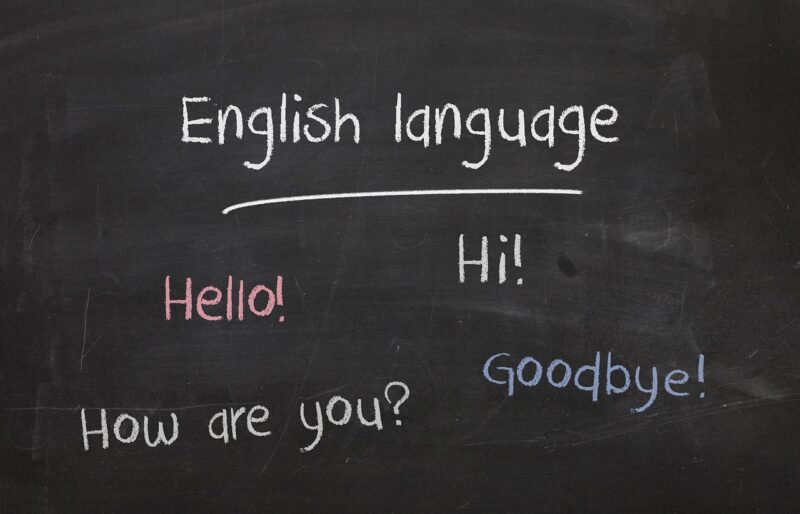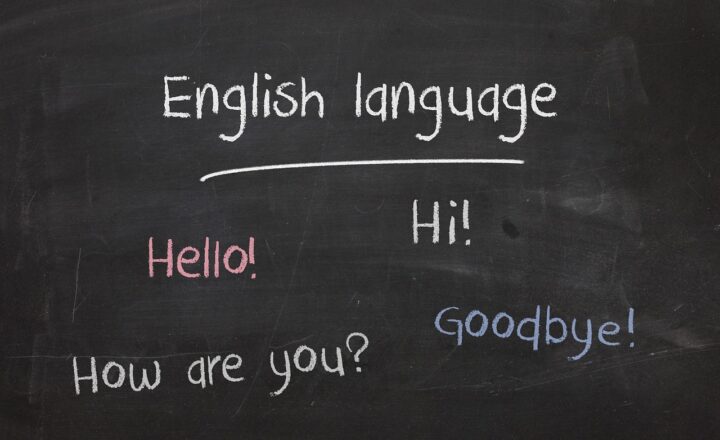How to Understand Regional Accents and Dialects in Any Language
November 11, 2024

Understanding regional accents and dialects is an essential skill for anyone looking to master a new language. Language is not just about words and grammar; it’s also about how those words are pronounced and articulated. Accents and dialects add color, cultural significance, and character to languages, and being able to comprehend them can greatly enhance your communication skills and overall understanding of a language. In this guide, we will delve into the nuances of regional accents and dialects, their origins, and how you can train yourself to understand and appreciate them.
1. What Are Accents and Dialects?
Before we dive into the understanding and features of accents and dialects, it’s crucial to distinguish between the two terms:
- Accent: Refers to the pronunciation of words; it encompasses the way sounds are formed and how intonation patterns vary. An accent can often indicate where a person is from, but it doesn’t change the underlying grammatical structure or vocabulary of the language itself.
- Dialect: A dialect includes accents but goes beyond them by incorporating unique vocabulary, grammar, and sometimes even distinct phrases. For example, American English and British English are different dialects of English, with distinct words and usage – think of ‘elevator’ in American English versus ‘lift’ in British English.
Understanding these differences lays a solid foundation for exploring how to appreciate and decode various accents and dialects across languages.
2. Why Do Regional Accents and Dialects Exist?
Accents and dialects are shaped by geographical, historical, and social factors. Here are some reasons why they develop and persist:
- Geography: Mountains, rivers, and distance can isolate communities, leading them to develop unique linguistic traits over time. For instance, the accents in Britain vary significantly from one region to another, often due to geographic isolation in the countryside.
- History: Historical events such as migrations, wars, and colonization can affect language development. For example, the influence of colonial history can be seen in accents and dialects across the Caribbean and parts of Africa.
- Social Dynamics: Social factors including class, ethnicity, and peer group identity contribute to accent and dialect formation. Youth subcultures often create their own slang and pronunciation patterns that may be distinct from their parent dialects.
These factors are essential for understanding the linguistic landscape and how social identity plays a role in language.
3. Tips to Understand Regional Accents and Dialects
If you’re struggling to grasp various accents and dialects, implementing the following strategies can significantly enhance your comprehension:
- 1. Active Listening: Pay close attention to native speakers. Listen to podcasts, watch movies, or participate in conversations where you can hear different accents. Focus on intonation and stress patterns, as they vary by region.
- 2. Use Subtitles: When watching films in another language, use subtitles in your target language. It helps connect spoken words with written forms and can clarify challenging pronunciations.
- 3. Mimicking Techniques: Try mimicking accents of native speakers. This practice can enhance your pronunciation and make it easier to tune your ear to different sounds.
- 4. Familiarize with Local Vocabulary: Study the unique words and expressions used in various dialects. Understanding local vocabulary helps give context to what you’re hearing and enhances your overall language skills.
- 5. Engage in Conversations: Join language exchange groups or participate in conversation clubs to interact with native speakers. Real-life conversations provide exposure and practice in understanding different accents and dialects.
These approaches not only improve your ability to understand accents and dialects but also make learning enjoyable.
4. Resources for Learning Accents and Dialects
Many resources can assist you in understanding and mastering different accents and dialects:
- YouTube Channels: Many linguists and language enthusiasts create content demonstrating various accents. For instance, the channel “Accent’s Way” breaks down accents from around the world.
- Language Learning Apps: Apps like HelloTalk and Tandem allow you to connect with speakers globally. You can tune into various accents right from your smartphone.
- Podcasts: Listening to podcasts in your target language is a great way to hear regional differences. Notable ones include “Coffee Break” series for many languages.
- Linguistic Research: Explore articles and papers on dialectology, which examine the features and differences in regional speech.
By leveraging these tools, you can immerse yourself in the linguistic diversity of the language you are learning.
5. Embrace the Cultural Aspects of Accents and Dialects
Recognizing that accents and dialects reflect cultural identities is crucial. Each regional variant embodies unique customs, histories, and traditions. By appreciating this cultural dimension, you will gain a more profound respect for the language itself and its speakers.
For example, the way local idioms and phrases are used can carry much weight in creating connection and understanding between speakers. Learning about the customs associated with these dialects adds richness to your overall language journey.
6. Conclusion
Understanding regional accents and dialects is an ongoing learning process that enriches your language acquisition journey. By actively listening, mimicking, engaging with native speakers, and appreciating the cultural context, you can cultivate a deep understanding of the language. Next time you hear a foreign accent, embrace the challenge and dive into the diversity of human communication.
With practice and the right strategies, you will find that accents and dialects offer a fascinating window into the cultures and communities that speak the language you are studying. Happy learning!








